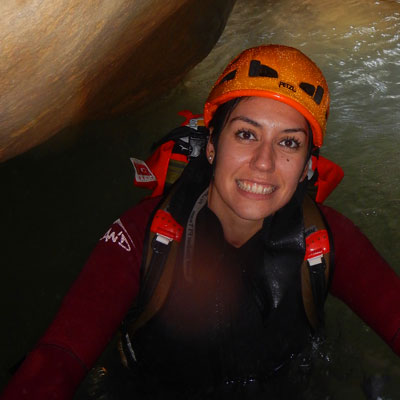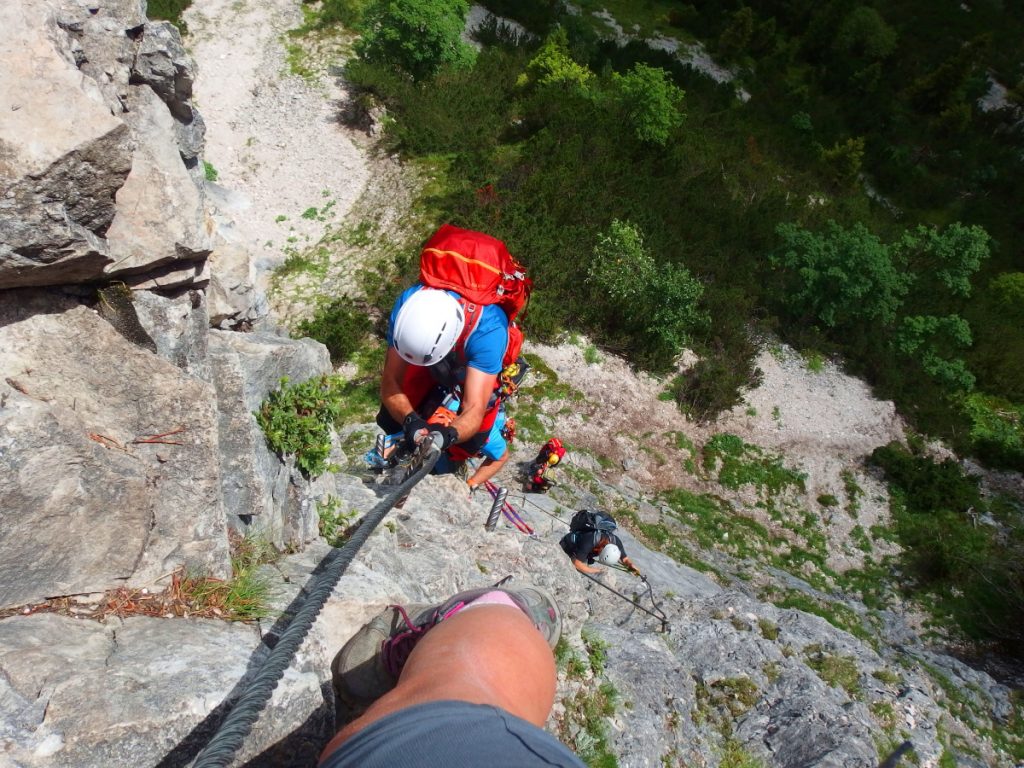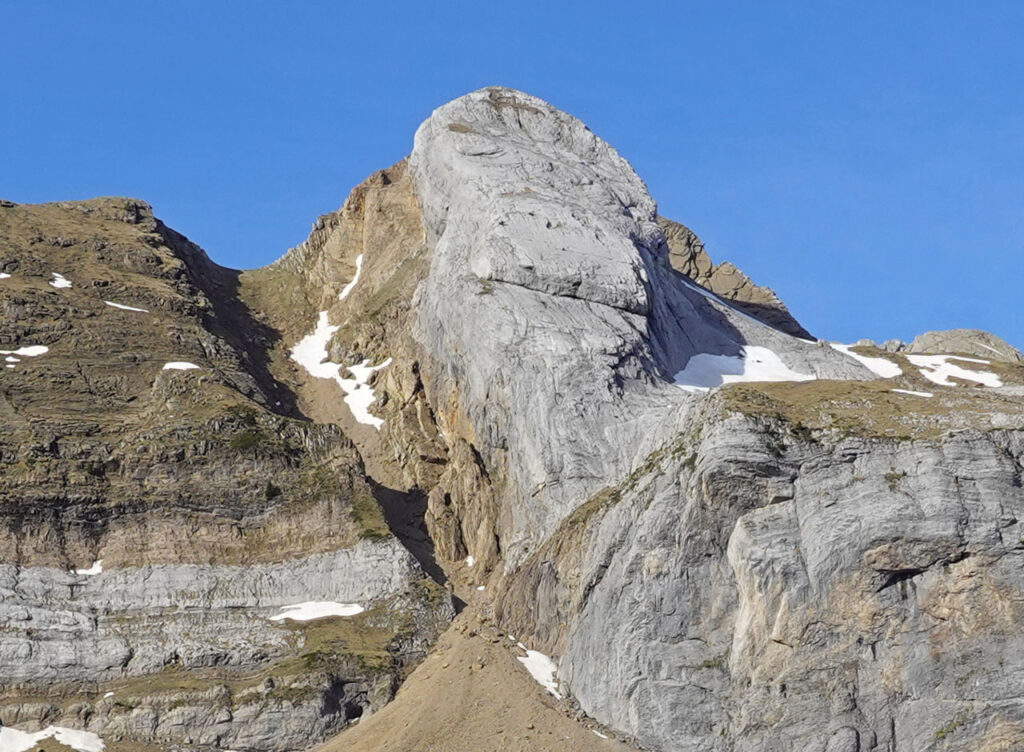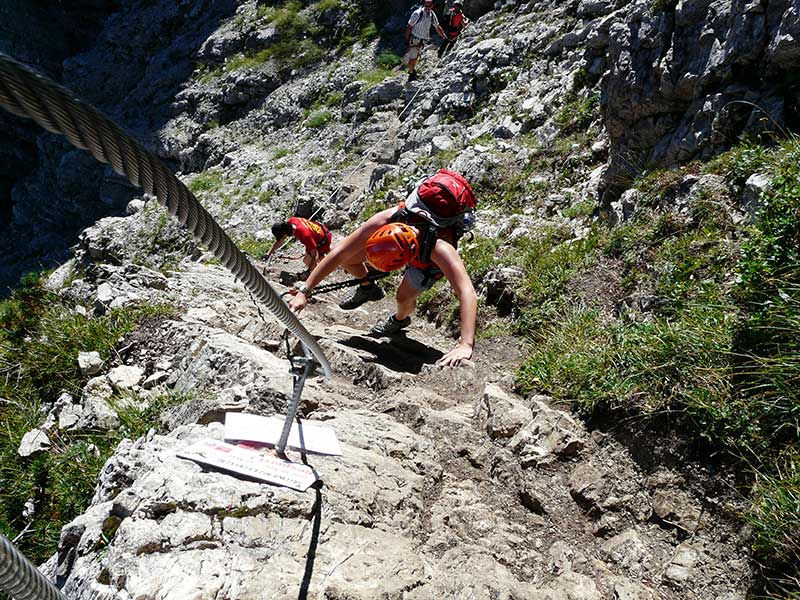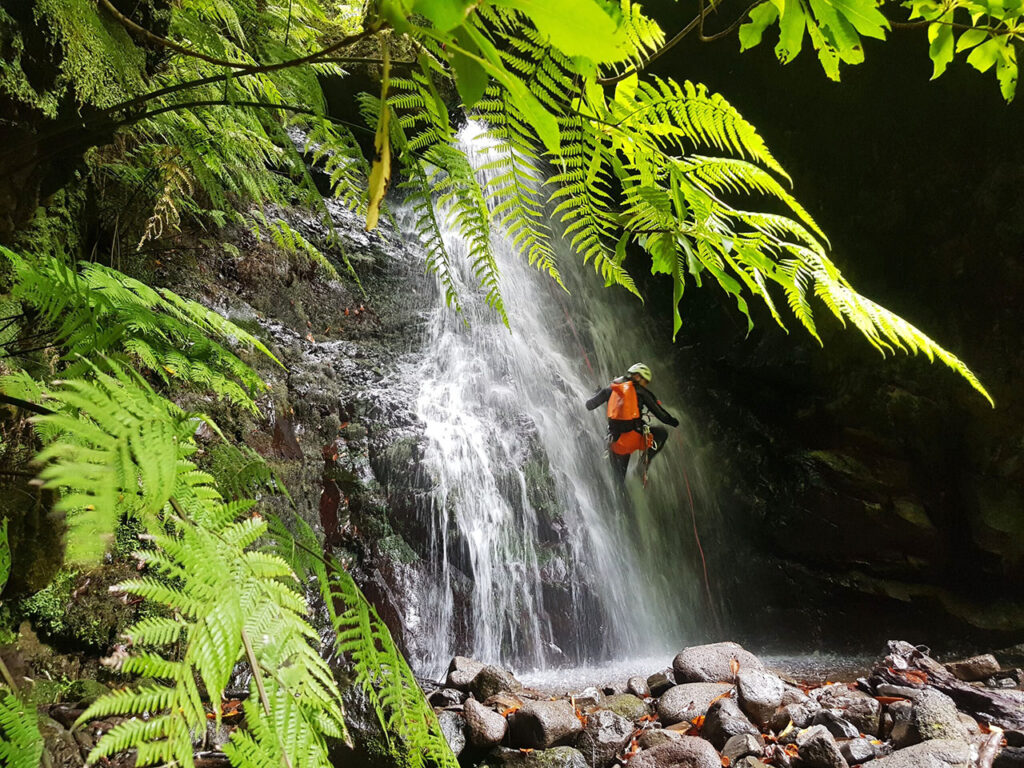3 via ferratas in the Catalan Pyrenees not to be missed

Vertical trails, equipped trails, ropeways, aerial trekking... etc. Via ferratas are in fashion and have become a mountain speciality suitable for everyone.
These routes take place in natural adventure terrain, generally with an aerial and vertical character, which implies the use of technical material and some specific training depending on the level of the route.
Via Ferrata Teletubbies Olmo Soler
Difficulty: K2; Length: 1.5km; Elevation gain: 127m; Drop: 0;

It is about a very accessible via ferrata for everyone, even for families with children.. By having two distinct sections and with the possibility of escape between one and the other, it is ideal to experience the first sensations in the vertical world of ferratas..
It is located in a place that is sure to fascinate anyone, with views of the famous gorge. Congost de Montrebei (Lérida) and the Canelles reservoir. The views alone are worth a visit.
The route combines a more vertical first section with some artificial dams, chains and a staircase, ending at the beautiful ridge of TeletubbiesFrom there, we will have impressive views of the reservoir. From there, the route continues (with exit option) going up the Olmo-Soler equipped roadA path equipped with chains and some staples that gradually gains altitude until it leads to the same hermitage of La Pertusafrom where we will be able to observe the Congosto de Montrebei and the walls of Catalonia and Aragon.
EYE! The car park has recently been regulated and it is necessary to reserve a parking space in advance in the Pertusa car park.
Here is the link:
https://app.appsmartpay.com/services/aparcament-ager-la-pertussa/booking
Via Ferrata Paret de les Arcades
Difficulty: K3-K5; Length: 2km; Climb: 74m; Desplomes: 1 (optional);

This via ferrata is located in the region of Pallars Jussànear the town of Cellers and on the waters of the Congost de Terradets.
It offers a a very varied routewith horizontal flanks, bridges, vertical sections, overhangs and even a hilarious pendulum with a jump into the void... pure adrenaline! (Overhang K4+/K5 optional).
This is a graduation ferrata. K3but also very accessible, although a bit more technical than the previous one. Here we will have to use a bit more arm strength and test our skills passing bridges and jumping on the pendulum, which is totally optional.
With beautiful views, it is well worth a visit!
Via Ferrata Salt del Botanal
Difficulty: K3/k5; Length: 2.5km; Elevation gain: 327m; Desplomes: 2 (optional);

We travelled to the small village of Alinsin the very heart of the Pyrenees, in the Pallars Sobirà.
The via ferrata of the Salt del Botanal is located in a high mountain environment, surrounded by an incomparable landscape with beautiful views of the Pyrenees.
Its graduation depends on the chosen itinerary, it may be K3 o K5. If we opt for the K5 option, we will have to do a very demanding descent; if we opt for the K3 option, we will be able to do a more relaxed ascent, although also very technical.
This is a route with athletic climbing steps and the occasional vertical slab to overcome. In addition, we will face an aerial bridge (optional) of 50 meters long, with breathtaking views of the Pyrenees!
In short, a spectacular via ferrata with a route that combines hiking and climbing.
The return journey to the car park is a nice hike from the viewpoint of the Salt del Botanalwhich coincides with the way down from the fallas on the traditional night of Sant Joan!


